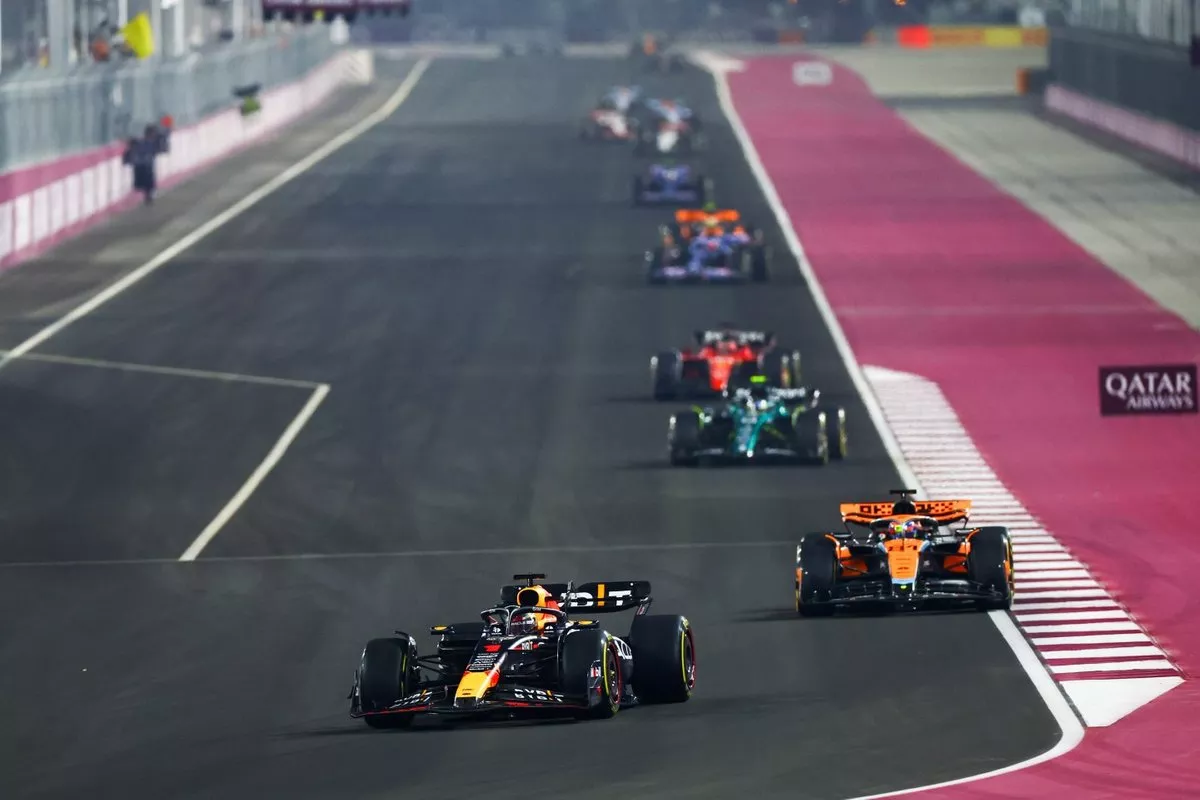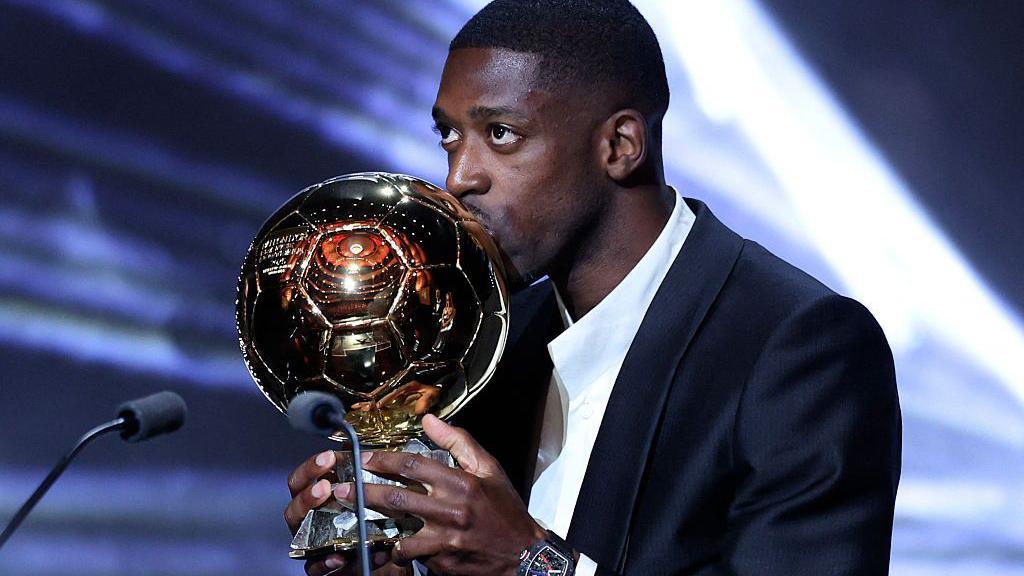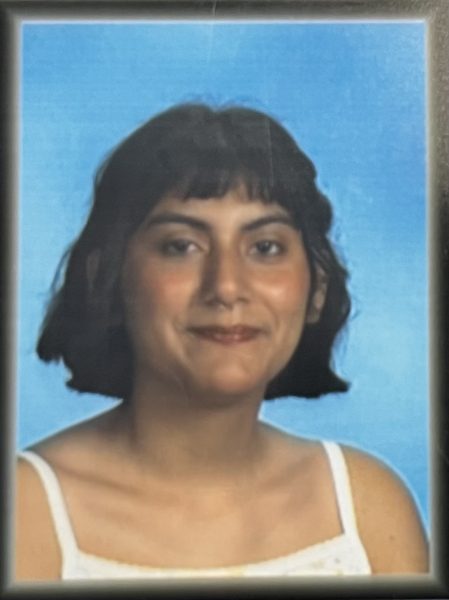This year’s Qatar Grand Prix occurred on October 8, 2023, in Lusail, Qatar. The Lusail International Circuit first joined the Formula 1 schedule in 2021 following the cancellation of the Australian Grand Prix. While unable to host the following year due to their hosting of the FIFA World Cup, the Qatar Circuit rejoined this year. With high temperatures year-round, being faced with heat was no surprise. This past weekend was expected to have a minimum of 30°C (86°F) and a maximum of 41°C (105.8°F) temperature-wise. During the previous race in Qatar, racers also saw many problems with their tires, with many torn, punctured, or similar obstacles.
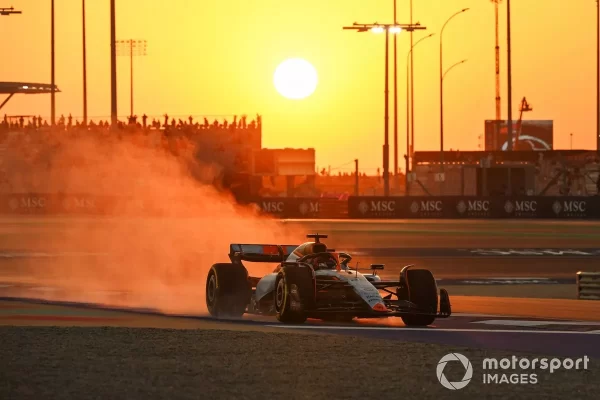
With it being a sprint weekend, the races started with only one practice session. P1 started at 4:30 pm local time with a pre-estimated temperature of 38°C (100.4°F) and high winds, causing the track to be extremely dusty and scorching. Williams driver Alex Albon felt the heat more closely, reporting on his team radio, “My seat’s extremely hot, but I don’t know if that’s just this.” Luckily, unlike the following sessions, the FP1 faced no further complications dealing with temperature. As for the tires, most teams ran on hards for most of FP1. Slowly, the teams started easing into different tire compounds; during the second half, Ferrari drove on medium as Albon was the first to try softs. The use of medium tires was mandatory for the SQ1 and SQ2 shootout.
Later that same night, the qualifications began with a temperature of 35°C (95°F) and soft tires. Winds were also “similar to P1…” as said by the McLaren radio. Heard over the Williams radio: Alex Albon once again mentioned a hot seat; he’s joined by Alpine’s Esteban Ocon reporting the same. Q2 saw a temperature of 31°C (87.8°F) and an addition of deleted lap times. Many still opted to use soft composition tires, new and used. Q3 brought even more wind pickups, sandy tracks, and deleted times.
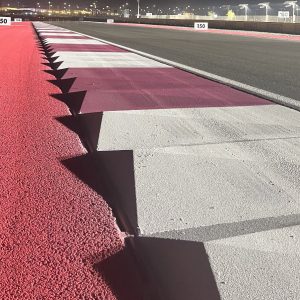
After Pirelli analyzed the tires, they found “-a separation in the sidewall between the topping compound and the carcass cords on many of the tires that were checked.” This was possibly due to the “50mm ‘pyramid’ curbs” and the drivers constantly riding over them. Together with the FIA, new conditions were established for the Sprint Shootout. This consisted of an extra 10-minute practice session, track limit revisions, and further tire analysis following the Sprint. If the issue was not resolved, a 20-lap tire restriction could also be added to the Grand Prix.
SQ1 began at 4:20 pm local time, 20 minutes behind schedule due to the practice session. There were mandatory medium tires and a scorching temperature up to around 40°C (104°F). They were out with the daylight, meaning heat and high winds blowing in sand onto the track; Ferrari’s radio reported, “Wind is slightly stronger than the previous run…” Just as had happened during qualifying, drivers were struggling to get lap times due to track infringements. SQ2 also has mandatory medium-composition tires, and the wind has picked up again. Russell and Gasly have again failed to follow the maximum delta time. SQ3 saw soft tires rejoin the track as mediums were no longer mandatory. The Sprint started at 8:30 pm local time with no required pit stops, as it was a 19-lap session. There was a question regarding the wind coming from the Ferrari-Sainz radio. The Sprint had plenty of safety cars due to the number of drivers shooting off-track and into the gravel. Soft tires became an issue then; there were reports from Pierre Gasly, Lewis Hamilton, and Carlos Sainz.
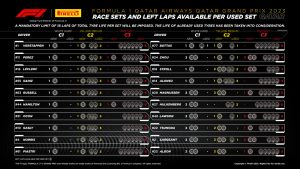
Nothing yet had compared to the conditions seen during and after the Grand Prix. After the Sprint tire analysis conducted by Pirelli, the tires “did show the initial onset of the separation in the sidewall between the topping compound and the carcass cords of the tires.” Therefore, the new limit for tire life was 18 laps, which required at least three pit stops and continuous enforcement of the new track limits. The temperature was 37°C (98.6°F) on the track with mild wind. Although this seemed to be one of the calmer weathers of the weekend, there would be much trouble. On lap 27, the overheating seats returned with Aston Martin driver Fernando Alonso; the team replied that they couldn’t do anything. It was on lap 36 when Logan Sargent reported feeling unwell. Then, later in lap 41, he repeated the same: Sargent retired from the race and was seen getting out of the race car. After the race, during reactions, drivers came forward and spoke on the heat and conditions. This included Esteban Ocon and George Russell speaking on the hot air from the cockpits.
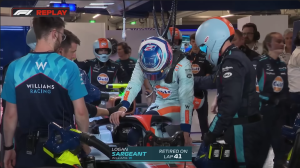
In response to the driver’s reactions and well-being, the FIA released a statement, “Competing In Extreme Climatic Conditions.” They addressed that although they are athletes, as Alpha Tauri driver Ricciardo says, they should not be put under these conditions. They assured that the Qatar GP would be scheduled later in the year, which should help to avoid such weather conditions. The FIA says that further measures, such as cockpit airflow and competitor guidance, will be discussed at the upcoming medical commission meeting in Paris. So far, the teams and Formula 1 have not said much about the conditions of the event and will not continue to discuss it any further.

